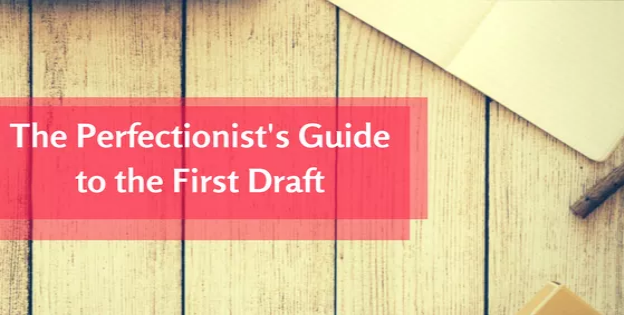How to Build Characters
Characters
are complex creatures. Sometimes they’re the life of the party,
revealing themselves in a flash of inspiration.
Sometimes they’re a little shy, only baring their innermost secrets over
a period of time — a
courtship dance between writer and muse, if you will. And sometimes they’re as stubborn as a mule,
forcing a writer to drag them from the shadows of anonymity, kicking and
screaming, into the light of reader scrutiny.
Okay, okay. Maybe I’m being a
little theatrical with the last one.
When I
first conceptualised my heroine, she was perfect. Her love interest was also perfect. The only flaw in their perfect lives was the
antagonist, who was your typical mwa-ha-ha-ha-ha-ha baddie. It didn’t take me long to discover that this
would not bode well for my novel, since readers are not interested in reading a
story about unrealistically perfect people.
And, who wants to devote an entire weekend reading about a dastardly villain
whose only purpose in the story is creating temporary speed wobbles in the protagonist’s,
otherwise, perfect life.
So, what
are readers’ expectations upon picking up your novel? I believe Randy Ingermanson summed it up best
with this quote:
“Writing fiction is about giving your readers a powerful emotional
experience.”
Whether
the reader is solving a murder mystery, on the run from rogue government
agents, or falling in love with the dashing hero, readers expect to be taken on
an adventure every time they purchase a book, expecting to live vicariously
through the point of view character from the opening paragraph to the
last. So we owe it to our readers to
craft realistic, three-dimensional
characters — characters that will keep them turning the pages at 3 o’clock in
the morning.
My method
for creating convincing characters is to interview them. Wait.
Are you telling me to interview my characters? Yup.
Why? Because our
characters weren’t born yesterday. They
enter our stories with a past full of triumphs and traumas, disasters and
decisions. Their past is their
backstory. Their backstory determines
who they are, their values, their dreams, their ambitions. The interview process will
help you understand what your characters believe about themselves and the world
around them, and why they behave the way they do.
K.M.
Weiland wrote a terrific blog on interviewing your characters, which included a
questionnaire of over 100 questions.
And, the last time I visited her website, she was offering her ebook, Crafting Unforgettable Characters, for
free once you sign up for her newsletter.
You can
read more at https://www.helpingwritersbecomeauthors.com/interviewing-your-characters/for
more information.
Happy
writing.
Written by Tracy
Wilson



Comments
Post a Comment